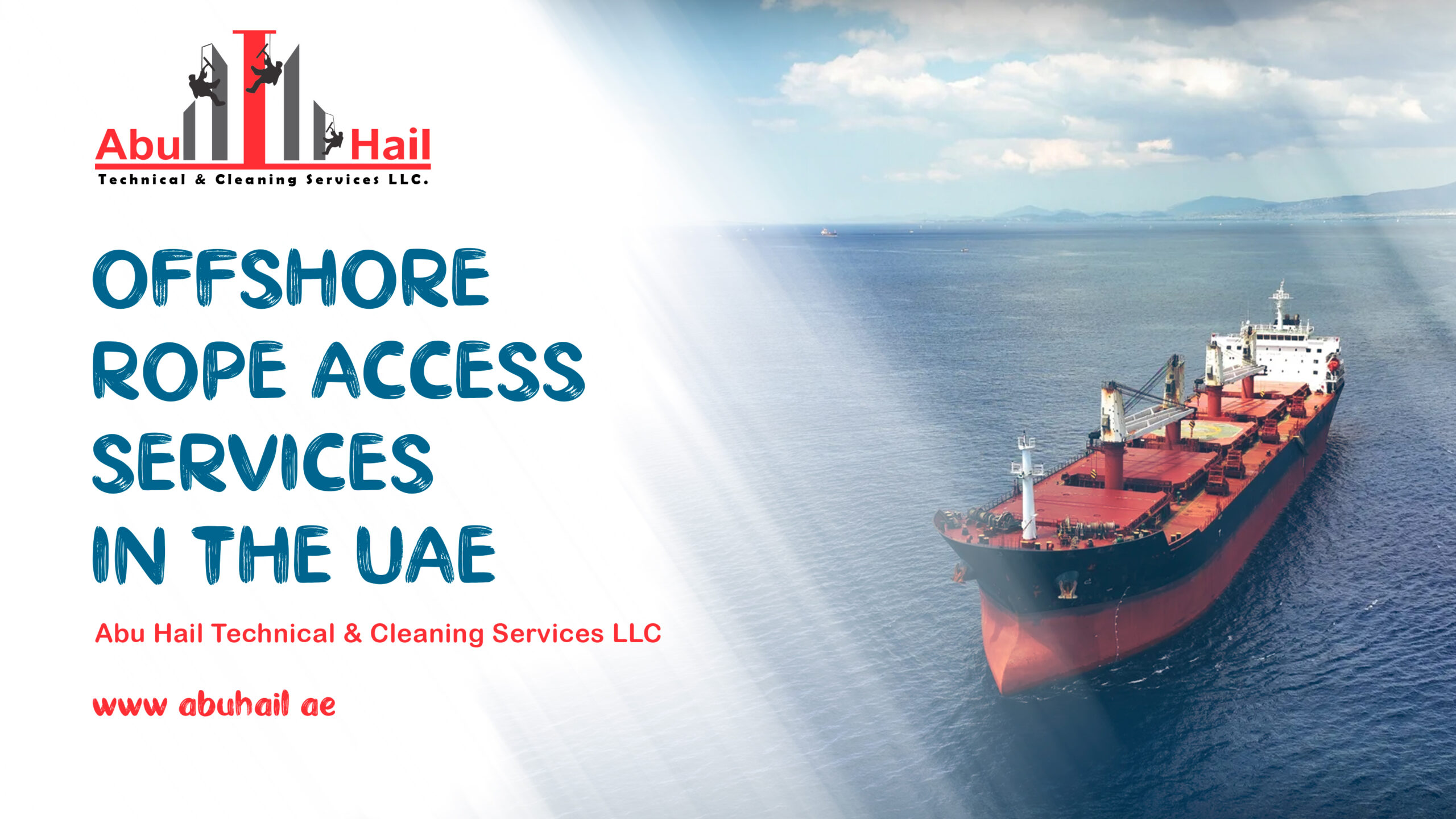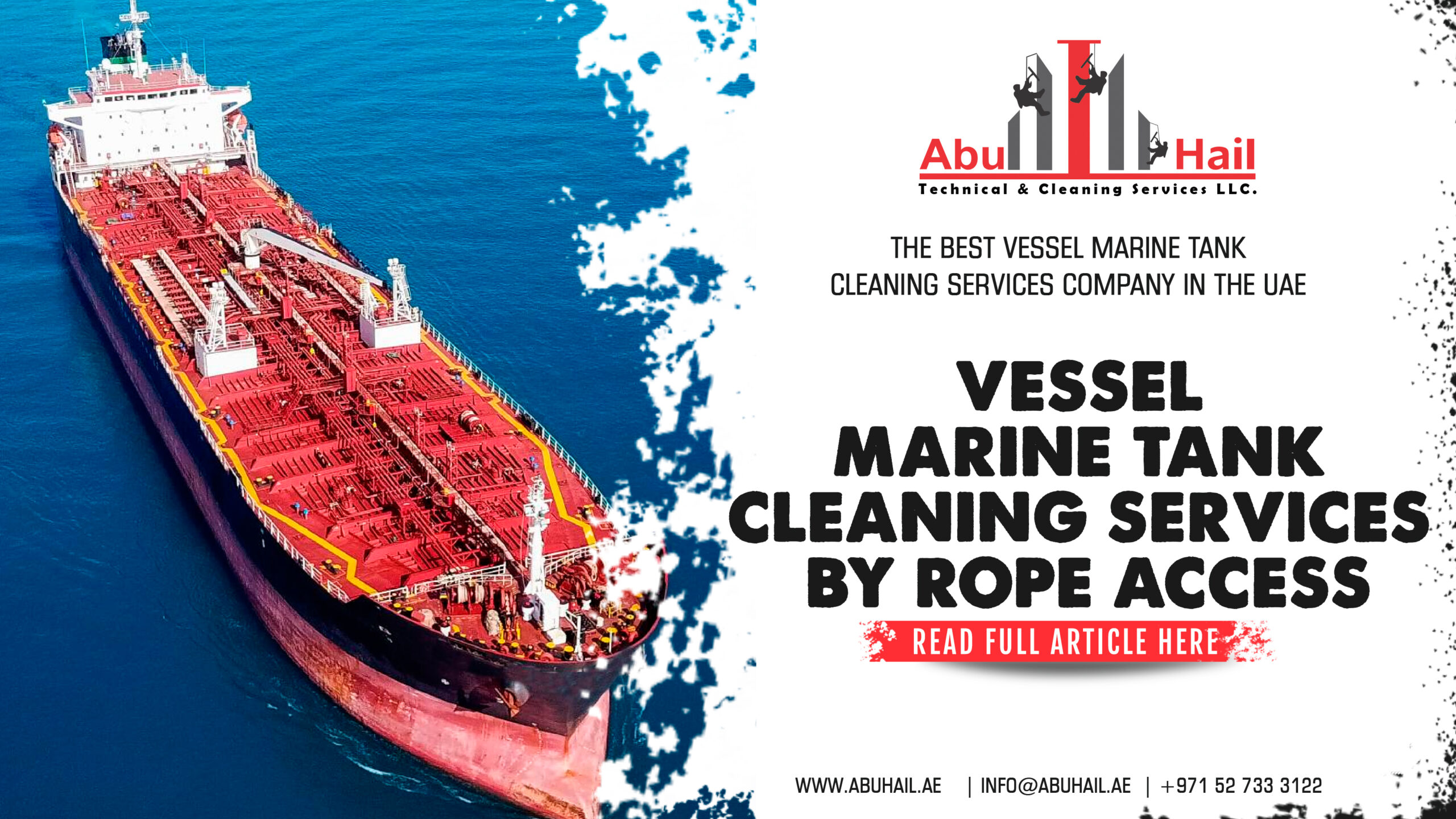
Rope Access in Offshore Oil and Gas Maintenance in the UAE: A Complete Guide
Introduction
The offshore oil and gas industry is the backbone of the United Arab Emirates’ (UAE) energy sector, playing a vital role in both national revenue generation and the global energy supply chain. Offshore platforms, subsea pipelines, rigs, and production facilities in the UAE face some of the harshest working environments in the world — corrosive saltwater, high humidity, extreme temperatures, and constant mechanical stress from waves and wind.
To ensure operational safety and efficiency, these facilities require regular inspection, maintenance, and repair.
Traditionally, offshore maintenance relied on scaffolding, cranes, and bosun’s chair methods — options that are often expensive, time-consuming, and disruptive to operations. Over the past two decades, rope access services in the UAE have emerged as a faster, safer, and more cost-effective alternative, especially for offshore environments.
This guide explores how rope access is transforming offshore oil and gas maintenance in the UAE, its benefits, applications, safety standards, challenges, and future trends.
The Offshore Oil & Gas Landscape in the UAE
The UAE holds some of the largest proven oil and gas reserves in the world, much of which lies beneath the Arabian Gulf. Offshore production accounts for a large portion of the country’s daily output, with major operators like Abu Dhabi National Oil Company (ADNOC) managing fields such as Umm Shaif, Zakum, and Das Island.
Offshore assets include:
- Fixed drilling and production platforms
- Floating production storage and offloading units (FPSOs)
- Subsea oil and gas pipelines
- Offshore support vessels and accommodation units
- Maintaining these facilities is challenging due to:
- High salinity leading to corrosion
- Intense heat and UV radiation damaging coatings and equipment
- Humidity and rough seas affecting mechanical systems
With the UAE’s strategic role as a global energy supplier, downtime means significant financial loss. Rope access offers an ideal maintenance solution — minimizing disruption, improving safety, and reducing operational costs.
What is Rope Access in Offshore Maintenance?
Definition & Principles
Rope access is a work-at-height technique that uses ropes, harnesses, and climbing equipment to safely position workers in hard-to-reach areas. It relies on two independent ropes — a working line and a backup safety line — for maximum safety.
Training & Certification
In the UAE, rope access technicians are typically certified by IRATA (Industrial Rope Access Trade Association) or SPRAT (Society of Professional Rope Access Technicians), with levels:
Level 1 – Basic operations under supervision
Level 2 – Advanced work including rigging and supervising minor projects
Level 3 – Project supervision and safety management
Essential Equipment
- Full-body safety harness
- Static ropes for minimal stretch
- Ascenders and descenders for controlled movement
- Fall-arrest devices
- Offshore-grade helmets, gloves, and protective clothing
Rope Access vs. Traditional Offshore Maintenance Methods
Traditional methods (scaffolding, cranes, man-lifts) often require extensive setup, high transport costs, and large crews.
Limitations of traditional methods:
High mobilization and setup costs
Space restrictions on offshore decks
Significant operational downtime
Increased accident risk with more personnel on site
Advantages of Rope Access:
Rapid mobilization — work can start within hours
Minimal deck space usage
Lower costs — savings up to 50% compared to scaffolding
High flexibility — access to almost any point on a structure
Proven safety record — among the lowest accident rates for working at height
Applications of Rope Access in Offshore Oil & Gas in the UAE
Offshore Rope Access Inspections
Non-destructive testing (NDT)
Ultrasonic thickness measurements
Weld and corrosion inspections
Surface Preparation & Painting
Grit blasting, sanding, and coating repairs
Anti-corrosion treatment on legs, booms, and underdecks
Structural Repairs
Weld repairs
Steel reinforcement in hard-to-reach areas
Electrical & Instrumentation
Lighting, sensors, and communications equipment installation or maintenance
Cleaning & Marine Growth Removal
Rope access divers for splash-zone cleaning
Removal of marine growth from risers and pipelines
Safety Standards & Compliance in the UAE
Offshore rope access services in the UAE follow strict HSE (Health, Safety, and Environment) regulations, including:
IRATA & SPRAT standards for training and work practices
ADNOC HSE guidelines for method statements, risk assessments, and emergency response plans
Daily safety briefings and equipment checks
All rope access teams are trained for emergency rescues, ensuring quick and safe recovery in case of incidents.
Benefits of Offshore Rope Access
Reduced downtime due to faster execution
Lower maintenance costs compared to scaffolding
Smaller crew size — 4–6 technicians vs. dozens for traditional methods
Greater reach to complex areas without major modifications
Challenges of Rope Access
While highly effective, rope access has some limitations:
Dependent on weather conditions
Limited capability for very heavy lifts
Physically demanding for technicians
Requires regular certification renewal
Conclusion
Rope access services in the UAE are transforming the offshore oil and gas industry by providing safe, fast, and cost-effective solutions for maintenance and inspection. With certified technicians, strict safety compliance, and minimal operational disruption, rope access is set to remain a key maintenance method as the UAE advances its offshore energy capabilities.






